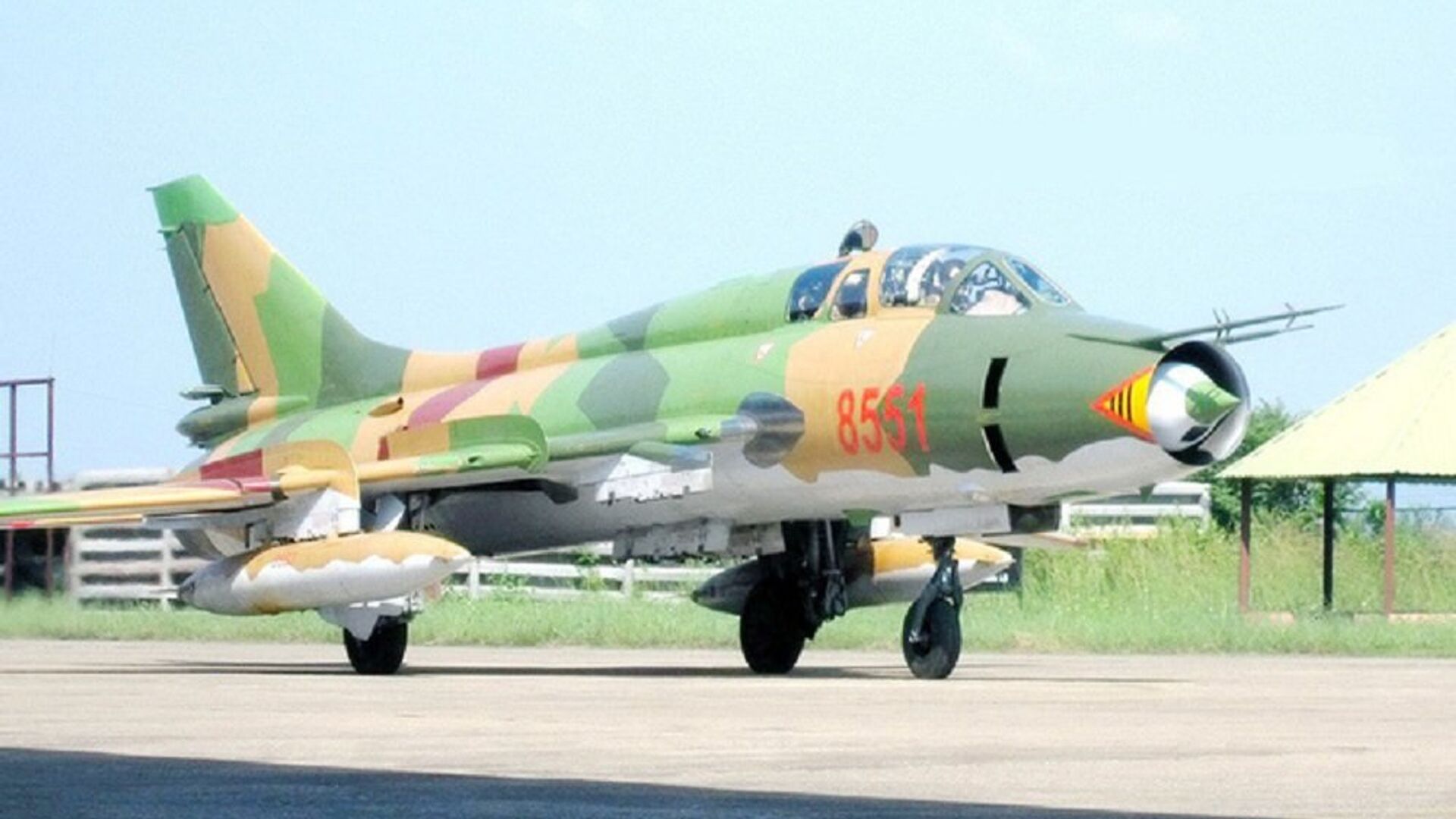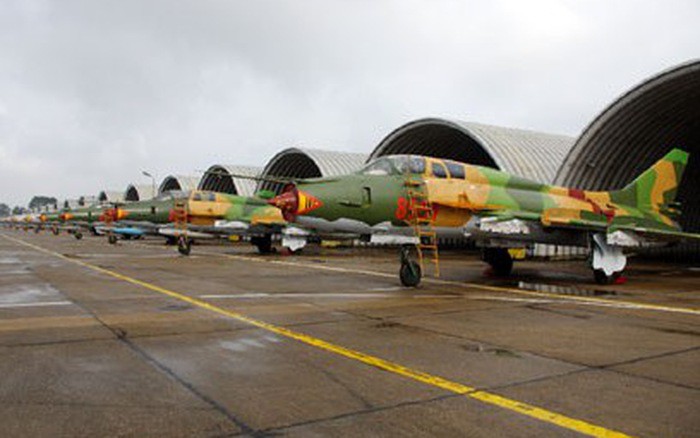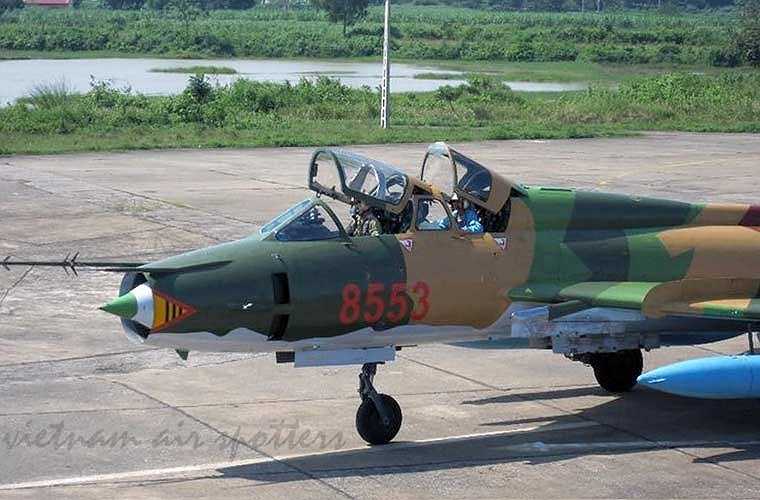The Su-22M4, a stalwart of Soviet and later Russian air power, stands as one of the most enduring and adaptable fighter-bombers of the Cold War era. Known for its rugged design, versatility, and effectiveness in various combat roles, the Su-22M4 became a symbol of resilience and reliability, serving in numerous conflicts around the world. Despite being overshadowed by more advanced aircraft in later years, the Su-22M4 remains a noteworthy chapter in the history of military aviation.
Origins and Evolution
The Su-22M4 is a variant of the Su-17 family of fighter-bombers, which were first developed in the 1960s by the Sukhoi Design Bureau. The original Su-17 was designed as a ground-attack aircraft, capable of delivering a wide range of ordnance while maintaining high speed and maneuverability. However, as the demands of modern warfare evolved, so too did the Su-17, leading to the development of the Su-22M4.
Introduced in the late 1970s, the Su-22M4 represented the pinnacle of the Su-17’s evolution. This variant featured a number of significant upgrades, including a more powerful engine, advanced avionics, and an expanded range of weaponry. The Su-22M4 was designed to excel in ground-attack missions, but it also retained the ability to engage aerial targets, making it a versatile platform for various combat scenarios.
Design and Capabilities
One of the most distinctive features of the Su-22M4 is its variable-sweep wing design. This design allows the wings to be adjusted during flight, optimizing the aircraft’s performance for different speeds and mission profiles. At low speeds, the wings can be swept forward to increase lift and maneuverability, while at high speeds, they can be swept back to reduce drag and enhance stability. This flexibility made the Su-22M4 highly adaptable to a wide range of mission requirements.
The Su-22M4 is powered by the Tumansky R-29BS-300 turbojet engine, which provides a thrust of up to 25,000 pounds, enabling the aircraft to reach speeds of over 1,300 miles per hour (Mach 2.1). This engine, combined with the variable-sweep wings, gives the Su-22M4 excellent performance characteristics, particularly in low-altitude strike missions where speed and agility are crucial.
In terms of armament, the Su-22M4 is equipped with a formidable array of weapons. It can carry up to 8,000 kilograms of ordnance, including bombs, rockets, and guided missiles. The aircraft is also fitted with a GSh-23L twin-barrel cannon, which provides additional firepower for strafing runs and close-quarters combat. This extensive armament makes the Su-22M4 a powerful tool for both air-to-ground and air-to-air engagements.

Combat History and Legacy
The Su-22M4 has seen extensive combat use in various conflicts, particularly in the Middle East, Africa, and Central Asia. It was widely exported to Soviet allies and client states, where it played a key role in numerous military operations. The aircraft proved its worth in conflicts such as the Iran-Iraq War, the Syrian Civil War, and the ongoing conflicts in Yemen and Libya.
One of the Su-22M4’s most significant attributes is its durability. The aircraft’s rugged design allows it to operate from austere airfields and withstand harsh conditions, making it ideal for deployment in regions with limited infrastructure. This resilience has contributed to the Su-22M4’s long service life, with many air forces continuing to operate the aircraft decades after its introduction.
Despite being considered outdated by modern standards, the Su-22M4 remains a valuable asset for many air forces. Its simplicity, ease of maintenance, and proven combat capabilities make it a cost-effective solution for nations that require a reliable strike aircraft without the need for cutting-edge technology.

Conclusion
The Su-22M4 is a testament to the enduring legacy of Soviet-era military engineering. Its combination of versatility, durability, and firepower has allowed it to remain relevant in an ever-changing landscape of military aviation. While newer and more advanced aircraft have taken center stage in recent years, the Su-22M4 continues to serve as a reminder of the enduring value of a well-designed and reliable combat platform. In the annals of military aviation, the Su-22M4 will be remembered not just as a workhorse, but as a symbol of resilience and adaptability in the face of evolving threats.





